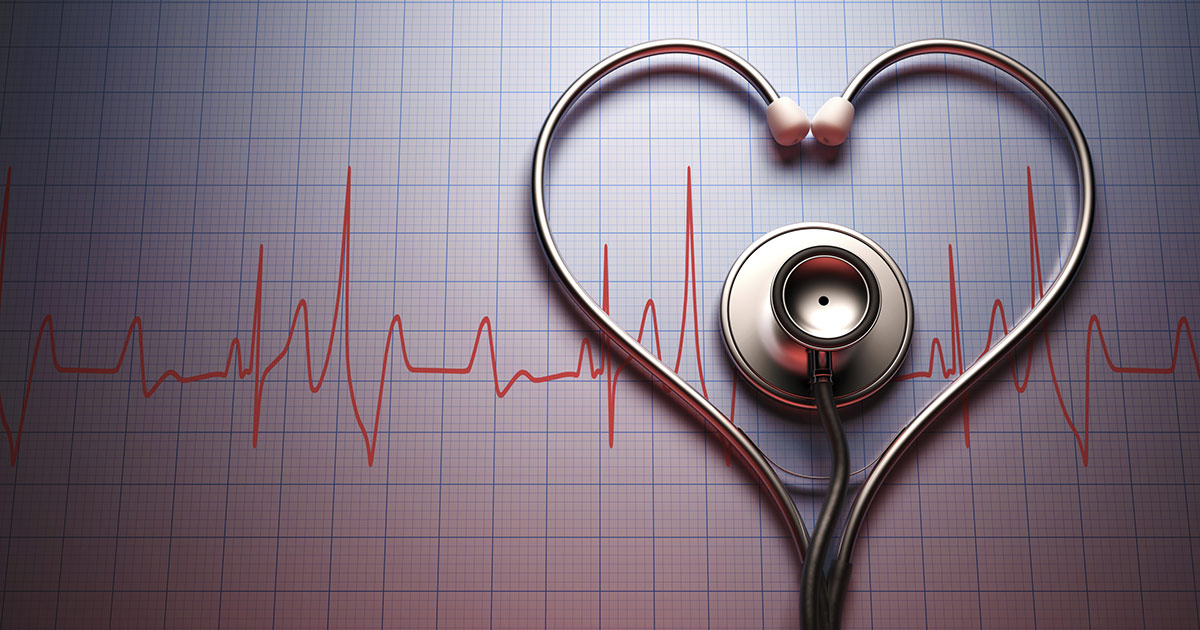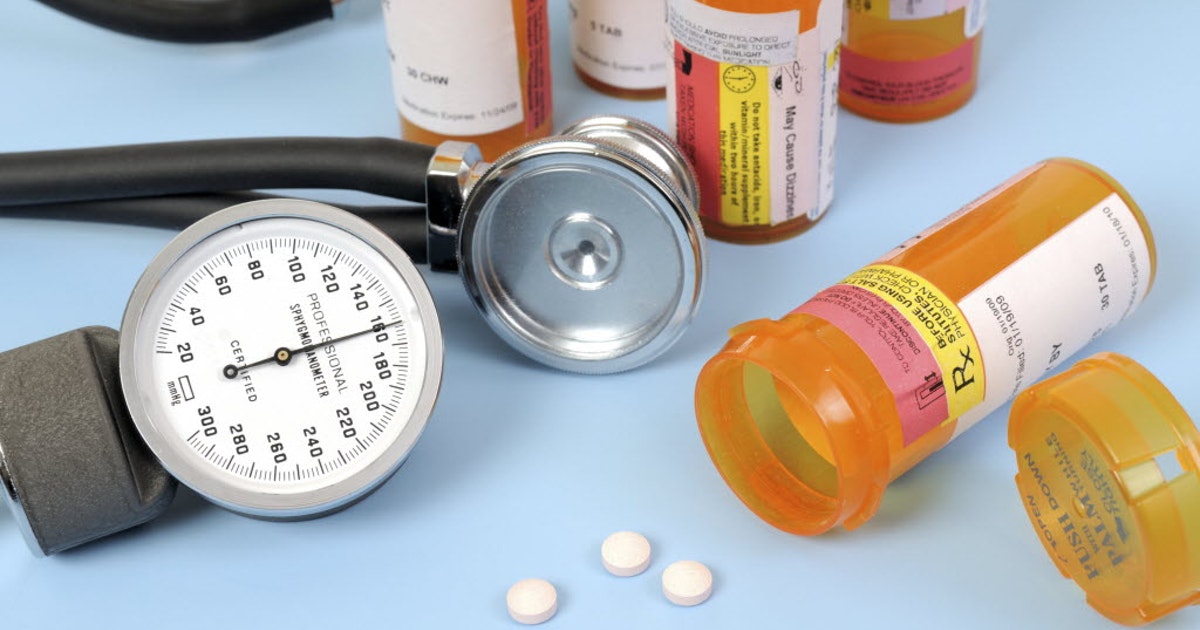Tips For Treating And Preventing Atrial Flutter
Atrial flutter is a type of abnormal heart rhythm similar to atrial fibrillation. In patients who have atrial flutter, the heart beats fast and in a regular rhythm. However, the atria (the heart's upper chamber) beats too rapidly, causing what is heard as a flutter. Often, the heart will beat at 250 to 350 beats per minute during atrial flutter. The condition develops due to problems with the electrical activity of the heart, and it most often occurs in individuals over sixty years old. Sometimes, patients with the disorder may not experience any symptoms. When symptoms are present, they include lightheadedness, fatigue, chest pain, shortness of breath, and fainting. Patients who deal with diabetes, obesity, and other heart problems are at an increased risk of the condition. If left untreated, atrial flutter can lead to potential strokes and heart failure. To diagnose atrial flutter, doctors perform an electrocardiogram (ECG), and patients may also wear a portable ECG monitor at home to record episodes of fluttering. The steps outlined below are useful in preventing and treating atrial flutter.
Blood-Thinning Medications
Atrial flutter and other types of abnormal heart rhythms can trigger the formation of life-threatening blood clots. Since atrial flutter does not always produce symptoms and may only occur on an occasional basis, patients may be unaware of when they are experiencing an atrial flutter episode. Doctors prescribe blood-thinning medications, known as anticoagulants, to almost all atrial flutter patients to reduce the risk of blood clots. Patients often need to continue taking anticoagulants throughout their lives. Some of the most commonly prescribed anticoagulants include warfarin, heparin, dabigatran, and rivaroxaban. These can cause side effects, including easy bruising or bleeding and feeling cold. For patients who cannot take anticoagulants, acetylsalicylic acid is sometimes recommended.
Reveal the next tip for treating atrial flutter now.
Electrical Cardioversion

Electrical cardioversion is one of the most effective ways to restore normal heart rhythm in patients experiencing an active episode of atrial flutter that has not spontaneously resolved. It is a surgical procedure that can be done at an outpatient facility, and it may also be performed in hospitals for emergency cases. Patients receive strong sedatives through an intravenous line during the procedure, and they do not feel any pain. While patients are sedated, doctors place special pads on the patient's upper chest and back. The pads deliver an electrical shock to the heart, restoring it to a normal rhythm. Following the procedure, patients will often need to start taking special medications to help keep their heart in the normal rhythm. Electrical cardioversion is successful for at least seventy-five percent of patients with atrial flutter.
Keep reading for more on treating atrial flutter.
